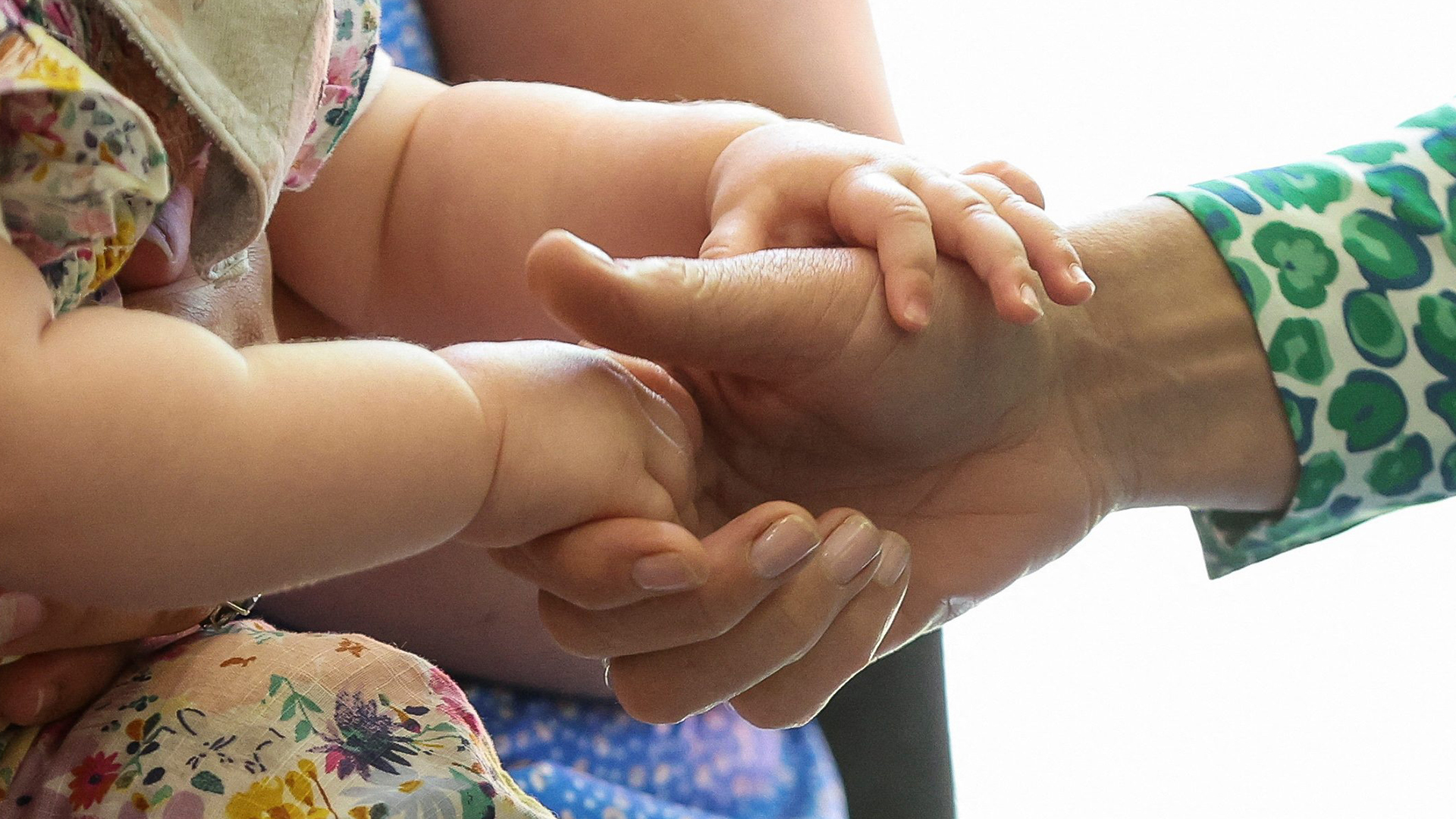
The year 2020 has become the year of rollbacks in gender equality in Canada and around the world. Women, particularly those with children, as well as those who are racialized, Indigenous and/or low-income, are bearing the brunt of the economic fallout from COVID-19.
Our local, provincial and federal governments must enact policies to redress this inequity. If not, we stand to lose not only the progress for gender equality that has been made over the last few decades — but also our chance for a resilient pandemic recovery.
Low-income and racialized women are bearing economic losses
Pandemic lockdowns created massive job losses in women-majority sectors such as hospitality, retail and food services. In March, women made up 70 percent of employment losses for workers aged 25 to 54 in Canada. At the same time, some women’s work intensified: women occupy more than 80 percent of healthcare and social assistance jobs in Canada. These jobs tend to be low-wage and lack protections such as paid sick leave. They are also disproportionately filled by racialized and Indigenous women.
The closure of childcare services and schools means that many women have been grappling with unemployment or precarious working conditions alongside increased unpaid work. Gender norms create circumstances where mothers are more likely to take on caregiving duties than fathers, and may leave paid work to care for children. A recent survey found that 71 percent of women in Canada feel overworked, stressed, depressed, isolated, anxious or ill because of increased unpaid work. This was particularly true for Black and Indigenous women who were also less likely to be able to look for paid work.
People also feel that childcare services may currently be unsafe. Data show that 27 percent of families with children under 15 report that they will no longer send their children to childcare, some due to health concerns. This could be related to the fact that these have historically been underfunded across Canada, translating to inadequate space and services running over capacity.
Prospects for women’s participation in the labour force are now looking grim. July’s Labour Force Survey revealed that the labour force participation rate of men aged 25 to 54 is nearly on par with pre-COVID levels, but women’s rate is down by 1.4 percent. In June, for parents of school-aged children specifically, the employment rate was almost back to normal for fathers, while, for mothers, employment was down by five percent.
For low income and/or racialized women, the differences are even more stark. In July, the employment rate for low wage working women was at almost 82 percent of its pre-COVID rate, compared to almost 90 percent for low-wage working men and to over 97 percent for all workers. Further, South Asian, Arab and Black Canadians reported unemployment rates almost five percent higher when compared to all other workers, at just over 16 percent. South Asian and Black women reported higher unemployment rates than South Asian and Black men, respectively.
Widening socioeconomic inequality is on the horizon
These impacts are even more worrying considering that marginalized groups faced a relatively high likelihood of experiencing economic insecurity even before the pandemic.
In 2016, 42 percent of children in single mother households were in poverty, compared to 26 percent in single father households. In 2017, 44 percent of Indigenous women in urban areas reported an inability to cover unexpected expenses of $500, compared to 33 percent of Indigenous men. Unsurprisingly, a recent survey found that COVID-19 has had a stronger impact on the abilities of racialized people to meet their financial needs.
Other economic trends that were already shaping employment prior to the pandemic are putting these same people at risk. For example, technological advances are leading to job losses due to automation, which is amplified for women and Indigenous peoples. Research shows that more than 70 percent of jobs at risk of automation are held by women, and a third of Indigenous workers are concentrated in industries that are at risk of automation.
Unless these vulnerabilities are redressed, inequality will continue to widen.
Equity should be centered in policy solutions
The starting point for an equitable recovery must be childcare. It has always been the linchpin for women’s economic inclusion, and is even more essential for recovery from the economic crisis caused by the pandemic. Women cannot return to work unless childcare is affordable and safe while also paying a living wage to care workers.
A 2019 study suggests that the median cost of preschool-age childcare is $1207 per month in Toronto, $875 in Edmonton, $954 in Vancouver and $861 in Halifax (though only $179 in Quebec City which is in the only province that provides fully subsidized care). These fees are unaffordable for many. Canada is far from meeting the OECD median of allocating at least one percent of its GDP to early learning and childcare (this would be $17 billion per year!)—while countries such as France (3.2 percent), Denmark (3.7 percent) and Sweden (4.81 percent) allocate much more.
Recognizing that this is a high target given that the federal government only has agreed to $7.5 billion spread out over 11 years, some policy experts recommend a minimum initial investment of $1 billion, with an increase of $1 billion yearly until the benchmark is met. The impact of investing in care work is twofold: it helps working families remain employed and it supports care workers. Increased funding has the potential to create millions of new jobs and ensure that care workers, many of whom are racialized women, are paid fairly and have protections.
Second, there must be better protections for those facing economic losses. Although women have experienced a majority of job losses during COVID-19, only 32 percent of unemployed women are eligible for Employment Insurance, compared to 40 percent of men. This is because women are more likely than men to hold part-time or non-standard work because of care work obligations. There is a wide recognition that current income-support systems are inadequate.
For Employment Insurance specifically, the requirement of working 420 to 700 hours to qualify and the 55 percent wage replacement rate are insufficient to meet social needs. First steps would be to lower the threshold to 360 hours, increase the types of workers who are eligible and offer a replacement rate of at least 85 percent for low-income earners.
Third, Canada needs to accelerate the realignment of the economy for the future of work. Given the major disturbances from COVID-19 as well as trends such as automation, there is an increasing need for reskilling and retraining for those who have lost jobs. These employment programs can be especially targeted towards racialized and Indigenous communities who disproportionately face poverty and unemployment. Beyond supporting the childcare sector, developing Canada’s own version of a “Green New Deal” to create sustainable, green jobs will be essential for the Canadian economy.
Solutions are not “too expensive”
Many will say that these steps are too expensive to implement. This view is based on a false calculus that frames supporting children and marginalized workers as a cost rather than as an investment. It will, in fact, be more expensive to lose a generation of women from the workforce and sacrifice a well-educated workforce due to inadequate investments in early childhood learning.
For example, in Quebec, moving to universal access to low-fee childcare increased GDP by nearly two percent. Studies in the US show a seven to 10 percent return-per-annum for investment in adequate early childhood learning. For every dollar invested in childcare, the returns to the provincial and federal government well outstrip the costs. Studies show that a one percent of GDP investment in childcare would create as much as five times more jobs than an equivalent investment in construction.
Public policy must rebalance the economy to counteract inequity. Women, especially mothers and those facing racial and other intersecting forms of discrimination, stand to lose in the pandemic’s fallout. The future stability and resiliency of our country depends on whether we act to fix the cracks in our social and economic foundations today.
This article is part of the Tackling inequality as part of Canada’s post-pandemic recovery special feature.










